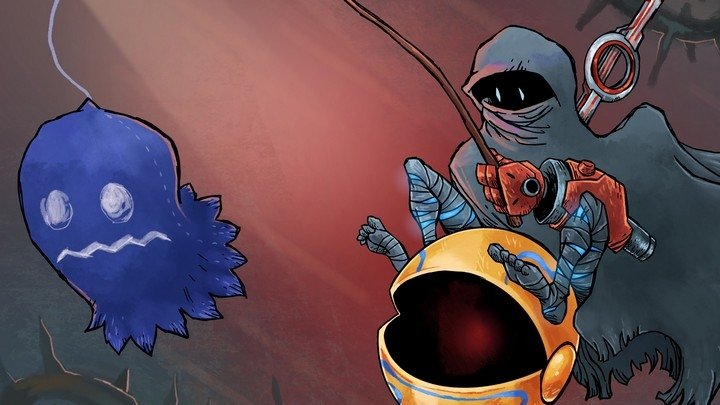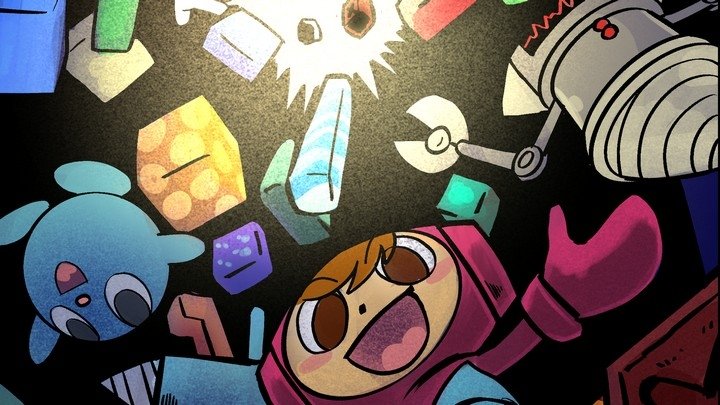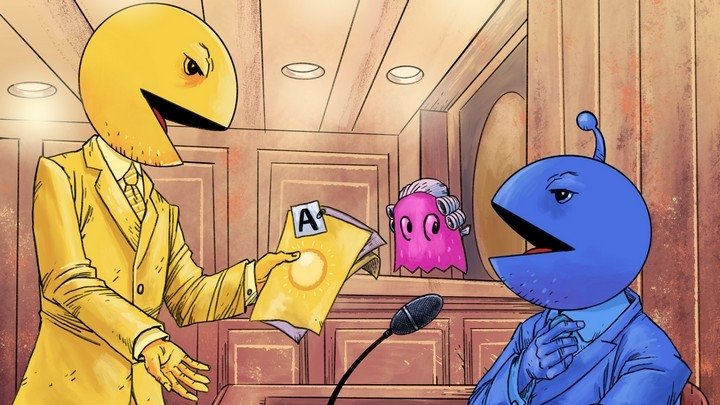Spin for your right to party: Mario Party turns 20
It doesn't matter whether you win or lose when all players are laughing the entire time
A week before Christmas in 1998, Nintendo squeezed one more release for the Nintendo 64 onto Japanese store shelves: Mario Party. The game proved to be such an instant hit that a sequel would arrive within a year, spawning a franchise that's seen 17 releases in 20 years (and that's including a four-year break). The success of Mario Party stands as a reminder of what Nintendo does best and how unimportant words like "challenge" and "strategy" can be to a game that doubles down on pure fun.
If you've never played a Mario Party game, the experience is a literal manifestation of the axiom "life is a journey and not a destination." Everyone picks a character but all the characters play exactly the same; they just make different noises from time to time. The goal is to travel around a virtual board and collect "stars" and also "coins" but all collectibles can and will be haphazardly redistributed at a moment's notice. Anyone who sits down with a plan to win a game of Mario Party will surely be disappointed, because the entire point of the endeavor is the dozens of bite-sized mini-games which are chosen at random throughout.
Some Mario Party mini-games are cooperative. Some are 2-on-2 battles. Some are 4-player free-for-alls. The oddest are the 3-vs-1 team-ups which feature a variety of handicap scenarios. None of the mini-games last more than a couple minutes. All of them capture Nintendo's toymaking legacy of pick-up-and-play design, as players need to instantly understand the rules of each game as it appears.
Normally I would say determining the best and worst mini-games in Mario Party was subjective and impossible to calculate, but it just so happens that the State of New York ruled on this: the worst Mario Party games are the ones that required spinning the analog stick as fast as possible because those games injured so many players and broke so many sticks that it cost Nintendo thousands - perhaps millions - of dollars in an out-of-court settlement. I hated those contests at the time solely because spinning the sticks left me with a round indentation on my hand, but in March of 2000 future governor/prostitute enthusiast Eliot Spitzer called on Nintendo "to take responsibility for the effect of its games on young people" and provide special gloves to protect young palms. I don't recall ever getting mine, probably because by 2000 I was riding the Dreamcast hype train.
Skin-tearing controller issues aside, Mario Party caught a lot of flak for its chaotic approach to victory. The board game contained so many opportunities for complete reversals of fortune that no lead was ever safe. Any player could take everything on a random turn and win. But much like the blue shell in Mario Kart 64, the potential for upsets in Mario Party is what keeps the game fun. The mini-games might be brief, but a full round of Mario Party's board game can last 50 turns. If one player has victory locked up by turn 28, what's in it for the other players? Keeping things competitive at the cost of logic is a fair price to pay.
Looking back, Mario Party is the one Nintendo franchise I thoroughly enjoyed at the start only to immediately lose all interest when the sequelization began. Mario Party 2 was released less than a year after the first game and Mario Party 3 arrived less than a year after that. Considering how much Nintendo 64 cartridges cost at the time, keeping up with this series was no small investment. There's also the fact that Mario Party was a perfect 4-player game yet it was dramatically less perfect for any fewer players than that. You could play against AI opponents but there was little incentive to challenge the computer to a button-mashing contest.
Meanwhile, in 2018, Mario Party seems to have found new life on the multiplayer-and-portable-friendly Nintendo Switch where Super Mario Party is already a million seller. The latest version not only adds online mini-games, it adds multi-screen mini-games where two Switches can be paired together for unique visual puzzles. Here in Japan the advertising was relentless and I've had both my children (aged 9 and 6) and my coworkers (aged 30+) ask me where my copy is so we can play together, a clear sign that the formula will never dry up. And at this stage of my life, there are never fewer than four people in my house at all times.
So maybe it's time I gave Mario Party a second chance. Feels like the worst that can happen is I spend a couple hours with a smile on my face - provided I don't try to spin the Joycon's tiny analog stick with my palm.




